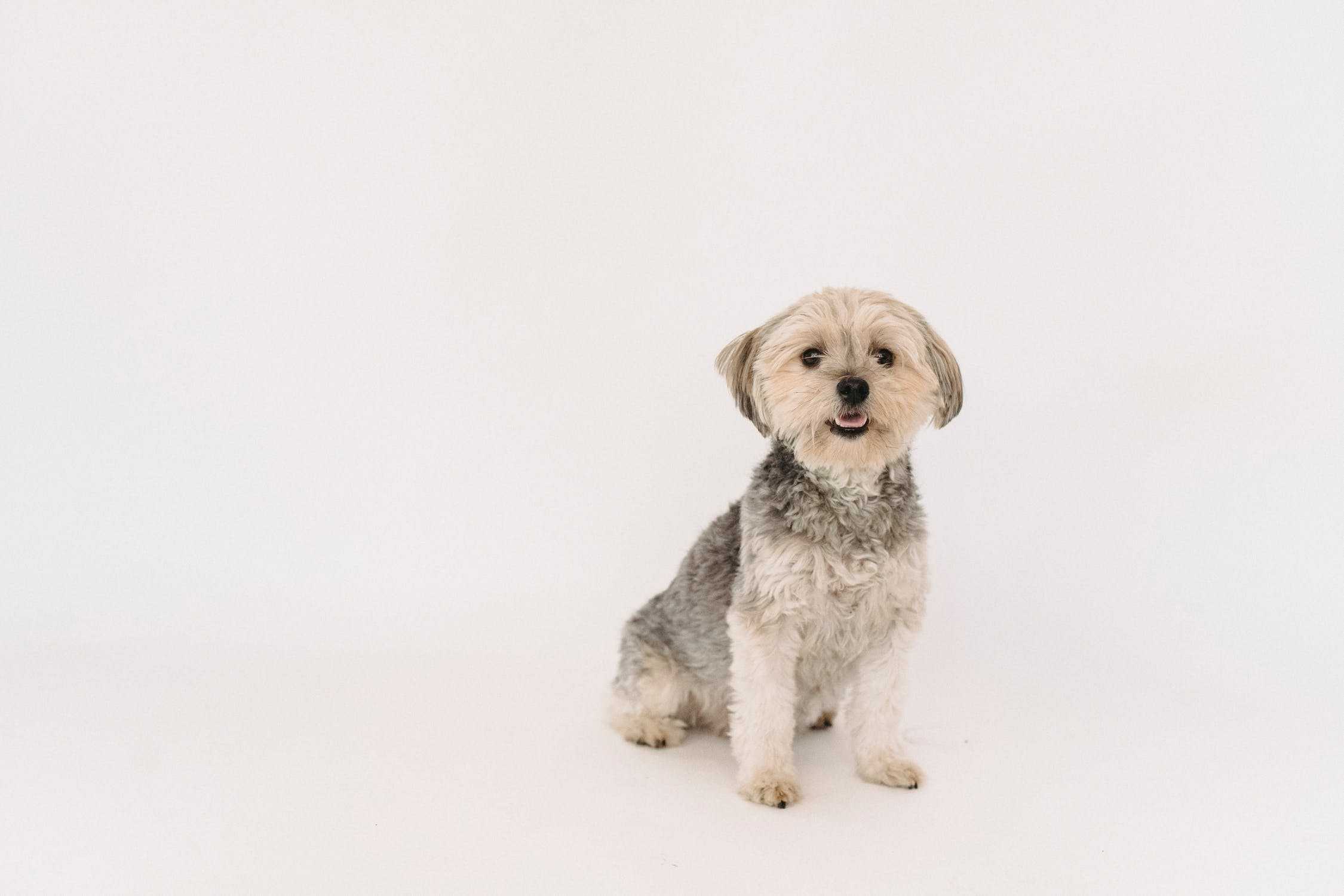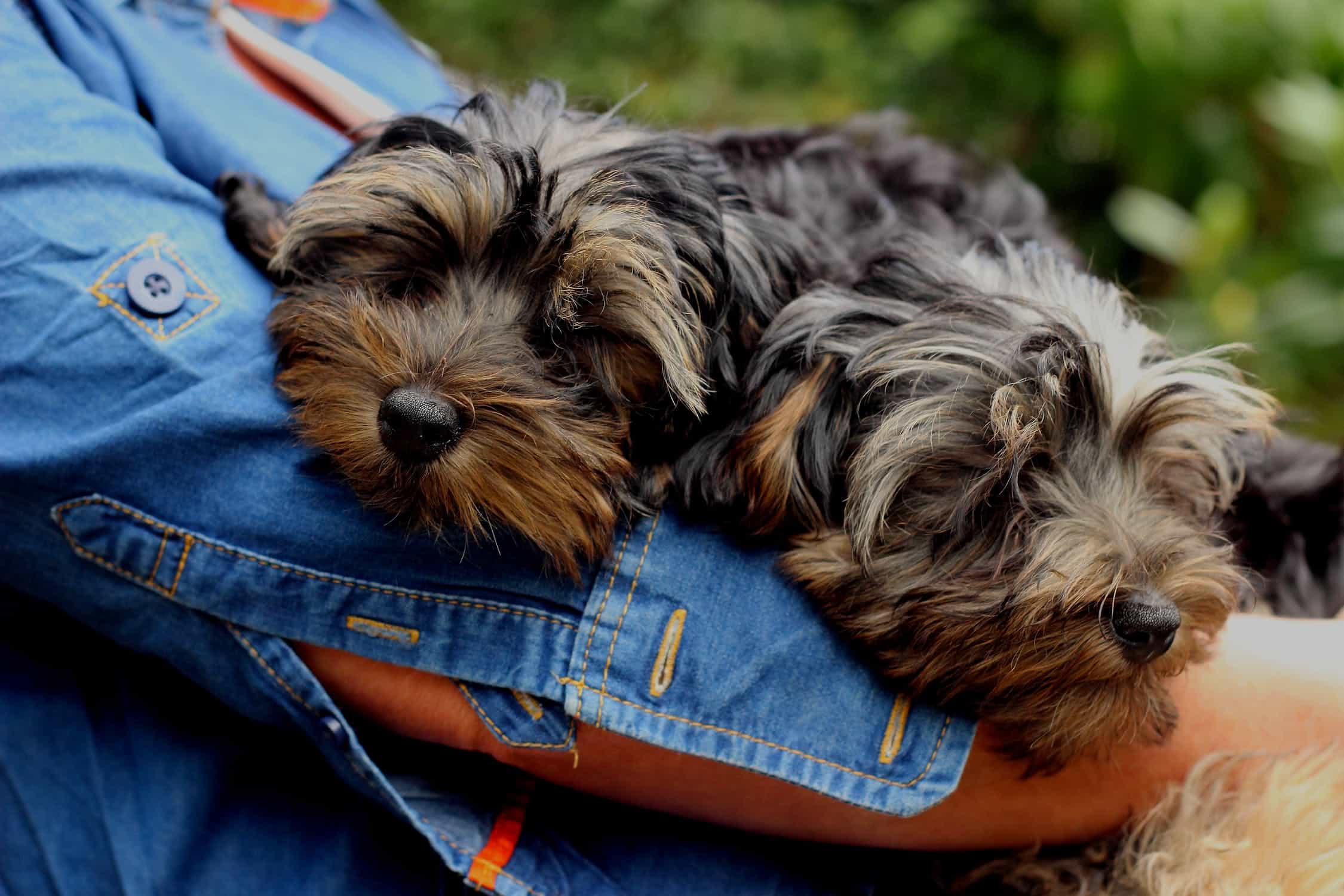The Cavalier King Charles Spaniel is the descendant of another, similar breed of spaniel that was often depicted in 16th and 17th-century paintings. These ancestors were beloved for their appearance and friendly, playful and gentle temperament – traits that the breed has not lost during the centuries.
Books from Queen Elizabeth’s time reveal that these ‘’comfort’’ dogs were bred to keep their owners warm – small toy dogs who would lie in the lap of their owner in cold castles and on carriage rides. The popularity of the breed is confirmed in writings found by historians that show physicians advising Queen Elizabeth I to keep a dog on her lap to fight the cold. Doctors of the time considered these dogs to be able to absorb the disease from the owner by simply sleeping in their lap and often dying from it, but leaving the owner healthy. Another, a bit less fancy job that the aforementioned dog had, was to attract fleas and with it save its master from the bubonic plague that fleas often transmitted.
The breed got the name King Charles Spaniel under Stuarts in the 17th century. King Charles II was rarely ever seen without three or four of his dogs by his side, and he even wrote a decree that these Spaniels are to be accepted into any public space and in the Parliament – a privilege that no other pet had. According to Samuel Pepys, famous diarist of King Charles’ era, the king was more concerned about his dogs than ruling Britain.
Throughout the ages, the popularity of the breed in Britain never died down. However, in the Victorian era, the breeders started crossbreeding spaniels with Asian toy breeds like Pugs and Japanese Chin. This slightly changed the look of the Cavalier King Charles Spaniels, giving them a domed skull and flatter face. For a while it seemed like the old look of the breed from King Charles II’s times was forgotten. However, in the 1920s, a breed enthusiast Roswell Eldridge asked English breeders to deliver Spaniels resembling their 17th-century ancestors. The chance of winning a wealthy prize was motivation enough for breeders to find a way of rediscovering the old look of the breed. These dogs were named Cavalier King Charles Spaniels to honour the political party that supported the Stuarts during Restoration times. At this point, the look of the breed was standardized as we know it today.
Today, Cavalier King Charles Spaniels are distinguished by colour patterns, each of which was at a certain time linked to a particular noble family that was breeding them. There are four colours and types: Ruby Cavalier of rich red colour; Blenheim Cavalier of white colour with chestnut coloured marks; Tricolor Cavalier of white colour with red and black markings; and Black and Tan Cavalier of black colour with tan markings.
Cavalier King Charles Spaniels are one of the most popular small dog breeds today, loved for their adaptability to the owner’s lifestyle, playfulness and gentle personality.


